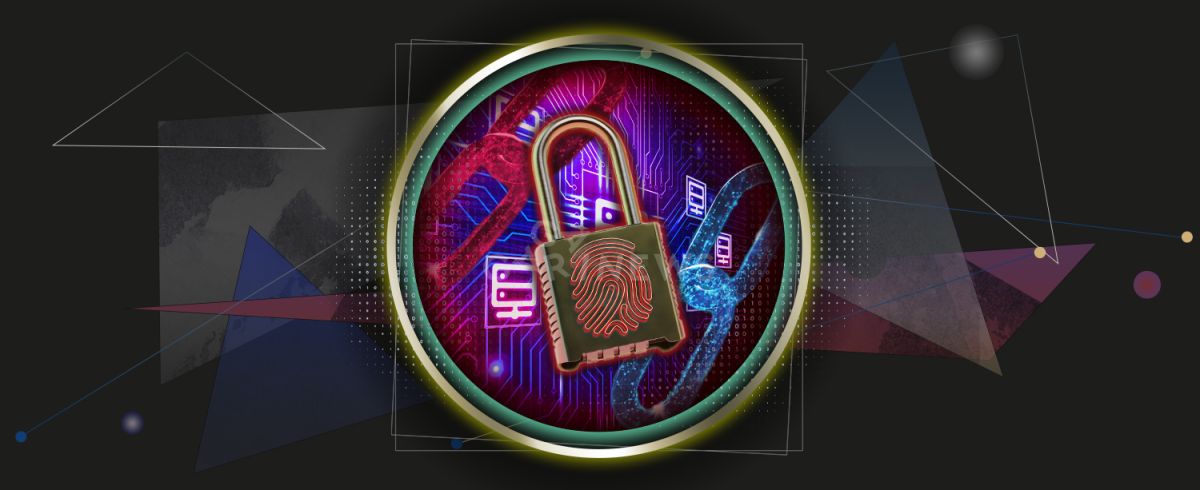The role of the validator in the blockchain

The blockchain ecosystem is decentralized and supported by many different users, so verification is needed when adding information to the database. Validators are engaged in this critical stage to ensure the vitality of the ledger.
A validator is a computer node (program node) responsible for confirming transactions. A network participant whose node is chosen as the validator is rewarded with cryptocurrency for supporting the functionality and security of the entire ecosystem. To become a validator, you need to install special software on your computer, connect to the blockchain and fulfill several requirements. Node works automatically and rarely requires human intervention.
The number of such nodes varies depending on the scale of the network, and can reach hundreds of thousands. The requirements for users who want to add blocks to the network depend on the type of blockchain consensus and its features.
For example, to become a validator of a blockchain based on the Proof of Work algorithm, it is necessary to solve the hash faster than others and create a block. And this is only one of the requirements.
What stages does the validator go through?
After the user makes a transaction, it is placed in a queue for further analysis. Then validator nodes combine a certain number of transactions into a block and check for validity. After that, the nodes process the data and add it to the blockchain, where it can no longer be forged or changed.
There are blockchains where a user with a validator node can independently determine which transactions need to be added to the block first. Information is only sometimes recorded in chronological order. Sometimes transactions with high commissions are processed first.
This process can take a few seconds in new-generation blockchains characterized by high bandwidth and flexible scaling.
How to become the PoS blockchain validator?
Although the conditions and responsibilities for validators differ in various Proof-of-Stake blockchains, there are some common features.
Staking. The node must, first, stake (lock up) tokens in the blockchain to be able to verify transactions. This requirement guarantees that users are interested in supporting network performance. If they try to falsify information, their staked tokens will burn.
Examples of the minimum amount of coins for staking to run the validator program depending on the network:
? Ethereum – 32 ETH;
? Polkadot – 17,000 DOT;
? BNB – 10,000 BNB;
? Avalanche – 2,000 AVAX.
Technical skills. Usually, downloading and installing a validator node is not difficult for a person familiar with programming and technologies, since blockchains provide instructions and guides for running a node. As noted earlier, the program works in automatic mode. However, there may be failures and overloads in the network, which require updating the validator or solving technical problems.
Software. The Proof-of-Stake algorithm avoids the need for powerful equipment, using staking as a protection method instead of mining. However, the computer must meet relatively high parameters since a lot of memory will be required to save transactions and blocks. In addition, the validator node must be in the network continuously, so a stable connection to the Internet is a must.
The Ethereum blockchain puts forward the following requirements for this process:
- CPU with 4+ cores;
- at least 500 GB available space SSD;
- at least 16 GB of RAM;
- 25 MBit/s bandwidth.
Only some people will be able to launch a validator node. At the very least, you need to have an ample supply of funds and understand how to install the node on the computer. And these are far from all the difficulties you will face. Blockchains working on the Proof of Stake consensus mechanism choose validators who can randomly add a block to the chain based on the amount of coins at stake. The more tokens the user has locked, the more chances to verify transactions and receive the highest reward.
The content on The Coinomist is for informational purposes only and should not be interpreted as financial advice. While we strive to provide accurate and up-to-date information, we do not guarantee the accuracy, completeness, or reliability of any content. Neither we accept liability for any errors or omissions in the information provided or for any financial losses incurred as a result of relying on this information. Actions based on this content are at your own risk. Always do your own research and consult a professional. See our Terms, Privacy Policy, and Disclaimers for more details.

























